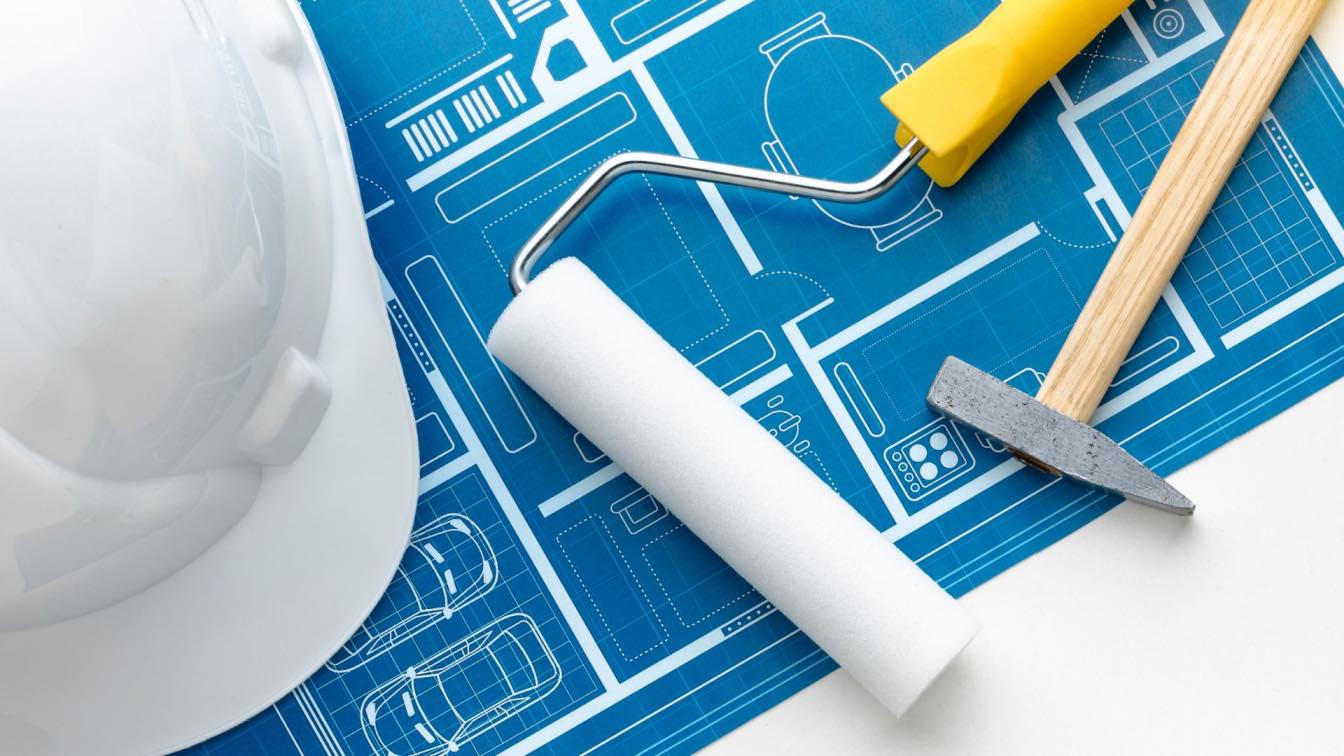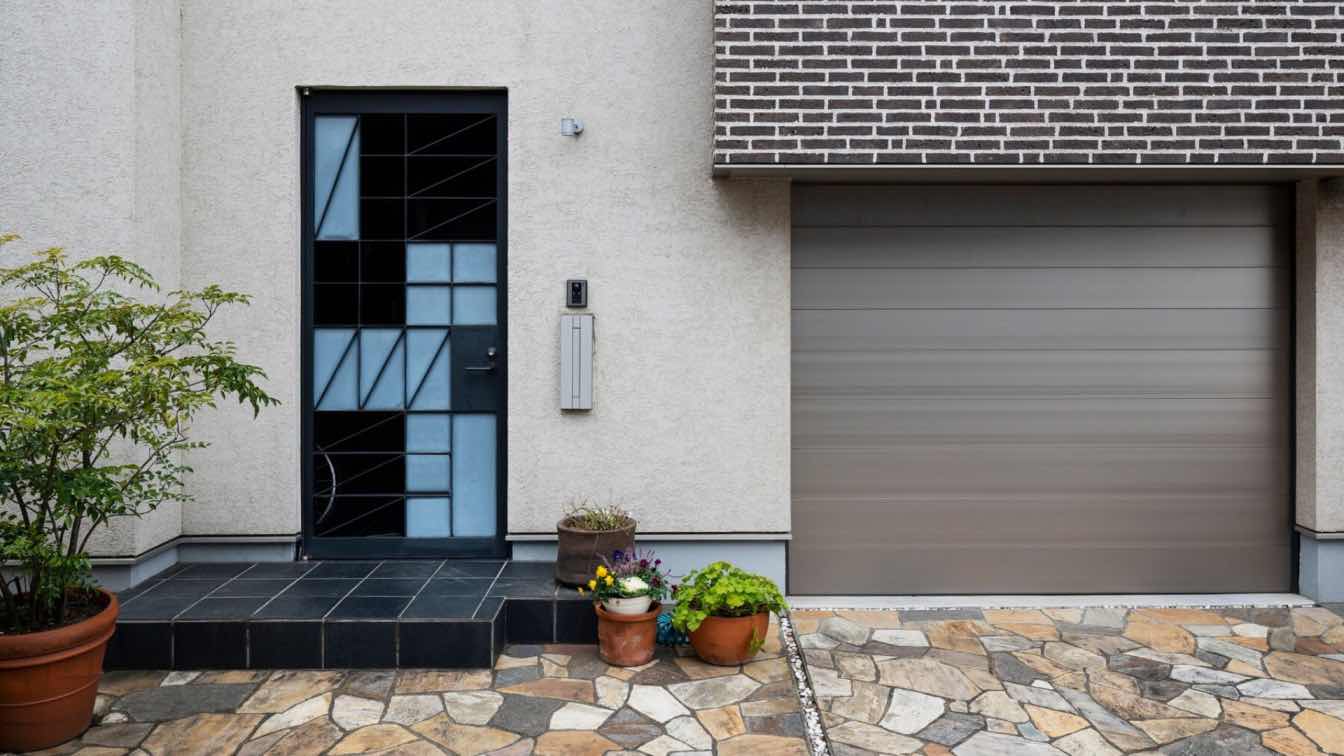Despite meticulous planning, measurements, and estimations, generating waste is often unavoidable in home renovation. However, by recycling surplus materials, you can significantly reduce waste in the landfill.
But which materials are recyclable? And what alternative uses can they have? Here's a compilation of items that can be recycled post-renovation and the optimal ways to repurpose them:
Wood
Natural wood is not only highly reusable but also easily recyclable. It can be stored for use in future refurbishment projects or repurposed into furniture and other minor constructions. For example, a wooden beam removed during a renovation could be transformed into a bench or even cut into smaller segments to form a pergola.
Even the smallest fragments of wood shouldn't be discarded. If they are too diminutive to craft something practical, they can be utilized to make decorative items.
You can create an array of decor from recycled wood such as petite shelves, candle holders, frames for pictures, and ornamental wall panels, among many other things.
Aluminum Wire
Recycling aluminum wire is possible. Even if the aluminum appears in poor condition, it can still hold value. Apart from recycling for aluminum wire, you can also collect aluminum from fixtures, doors, and siding.
The highest compensation if you intend to sell the leftovers is offered for clean aluminum that has no attached screws, plastic, or glass. However, don't discard your unclean pieces.
You can sell the dirty pieces. If you're uncertain whether your material is aluminum or steel, a simple way to differentiate between the two is using a magnet. Magnets won't adhere to aluminum, only to steel.
Bricks
Bricks, one of the most ancient and commonly used building materials, frequently contribute to a significant portion of construction debris generated by demolition and renovation tasks.
Numerous recycling methods exist for bricks resulting from home refurbishment projects, such as utilizing them in new builds, remodeling ventures, fireplaces, walls, pathways, and landscaping projects.
Additionally, certain recyclers specialize in repurposing old bricks for landscape use, substituting them for sand. Some bricks are finely crushed and repurposed into the production of new bricks.
Copper Scraps
Copper is a significantly profitable metal that can be reclaimed after a home refurbishment. Notably, it's one of the simplest to gather and monetize as it's commonly utilized in construction and various domestic projects.
Collecting copper remnants from renovations, such as obsolete wiring and plumbing fixtures, can rapidly accumulate, leading to a substantial financial gain!
Post-renovation, you can profit from multiple sources of scrap copper including copper pipes, wires, radiators, and even aesthetic elements like doorknobs.
Due to a surge in demand and a limited supply, the current prices for scrap copper have escalated. Presently, the rate stands at $2.80 per pound, though this can vary.
Given its high return and minimal expense, scrap copper presents an enticing opportunity for those seeking to earn some extra cash following an extensive kitchen or bathroom makeover.
Roof Shingles
When you're undertaking a roofing overhaul that requires the substitution of materials, you'll likely be left with many discarded shingles. Check with your contractor to see if they intend to recycle these remnants. If you're managing a roofing refurbishment project yourself, reach out to a nearby recycling facility to see if they can use these bits and pieces.
There are multiple ways these used shingles can be repurposed. Businesses can transform them into new shingles. You can also creatively reuse old shingles within your own garden or yard - laying them out on the ground could create an interesting pathway to your home. Moreover, road construction contractors can incorporate recycled shingles into their projects.
Endnote
Home renovation projects inevitably result in the production of waste. However, these materials need not be wasted. You can repurpose these seemingly useless materials with a dash of creativity, a helping of resourcefulness, and a commitment to protecting our environment.





